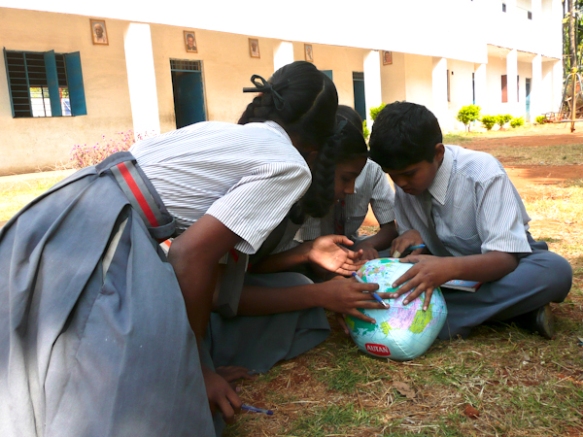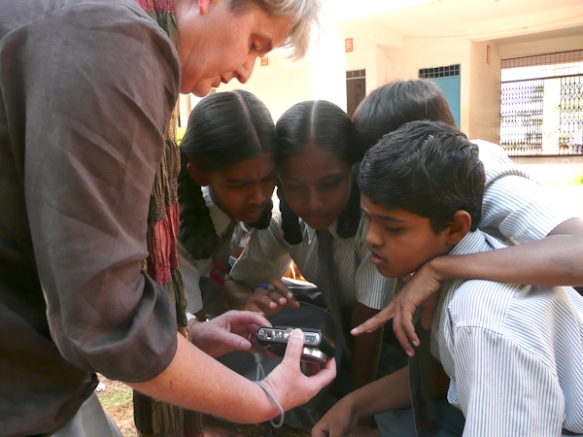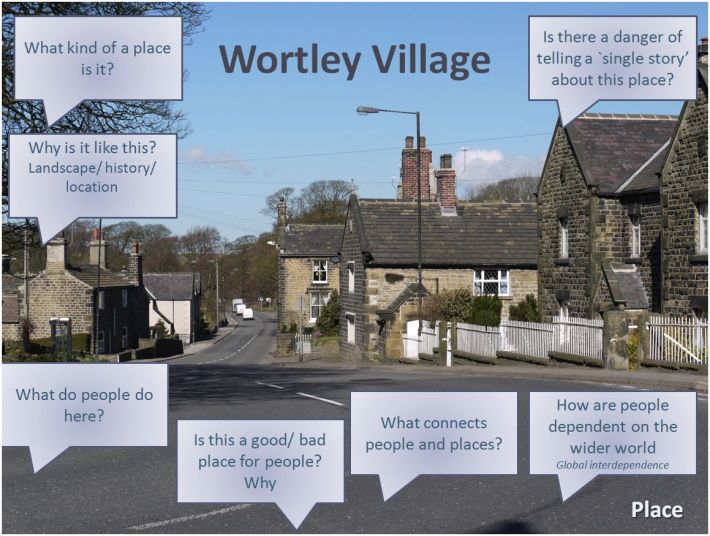
What’s happening here? What do you think might happen next?
We held the second session of our dissemination twilights for teachers last night at Sheffield Development Education Centre where it was good to meet so many enthusiastic teachers from Sheffield schools. Helen shared a number of activities which use photographs to develop critical awareness and challenge assumptions.
You can download her Word document here >>> Photo Activities

Can you draw what might happen next?
In the Picture – using images to develop learning in geography and history
Something from Wendy with an ICT focus (which we didn’t share last night but which might be useful:
Until I retired I regularly kept a blog called Everyday Geographies where I shared ideas and resources – a good place to start looking would be:
Map IT, Picture IT, Write IT a presentation in two parts that I put together for The Education Show in London (2009).
Everday Geographies is worth a look as there are lots of useful resources/ ideas listed on the site.





